The Rear Door Heat Exchanger Market is currently characterized by a dynamic competitive landscape, driven by technological advancements and increasing demand for energy-efficient solutions. Key players such as Thermo King (US), Carrier (US), and Danfoss (DK) are strategically positioning themselves through innovation and regional expansion. For instance, Thermo King (US) has focused on enhancing its product portfolio with advanced thermal management solutions, while Carrier (US) emphasizes sustainability in its operations, aligning with global environmental goals. These strategies collectively shape a competitive environment that is increasingly focused on efficiency and sustainability, indicating a shift towards more environmentally conscious practices in the industry.
In terms of business tactics, companies are localizing manufacturing and optimizing supply chains to enhance operational efficiency. The market appears moderately fragmented, with several players vying for market share. However, the collective influence of major companies like GEA Group (DE) and Trane Technologies (IE) suggests a trend towards consolidation, as these firms leverage their resources to gain competitive advantages. This competitive structure allows for a diverse range of offerings, catering to various customer needs while fostering innovation.
In August 2025, GEA Group (DE) announced a strategic partnership with a leading renewable energy firm to develop integrated heat exchanger systems that utilize sustainable energy sources. This collaboration is significant as it not only enhances GEA's product offerings but also positions the company as a leader in the transition towards greener technologies. Such initiatives are likely to resonate well with environmentally conscious consumers and businesses alike, potentially increasing market share.
In September 2025, Trane Technologies (IE) launched a new line of rear door heat exchangers designed specifically for electric vehicles. This move reflects a growing trend towards electrification in the transportation sector, indicating Trane's commitment to innovation and adaptation to market demands. By targeting the electric vehicle segment, Trane is likely to capture a significant share of this emerging market, further solidifying its competitive position.
In October 2025, Carrier (US) unveiled a new digital platform aimed at optimizing the performance of its heat exchangers through real-time data analytics. This initiative underscores the increasing importance of digital transformation in the industry, as companies seek to leverage technology to enhance product efficiency and customer satisfaction. By integrating AI and IoT capabilities, Carrier is poised to set new standards in operational excellence and customer engagement.
As of October 2025, the competitive trends in the Rear Door Heat Exchanger Market are increasingly defined by digitalization, sustainability, and technological integration. Strategic alliances are becoming more prevalent, as companies recognize the need to collaborate to enhance their offerings and market reach. Looking ahead, it is anticipated that competitive differentiation will evolve, with a pronounced shift from price-based competition to a focus on innovation, technology, and supply chain reliability. This evolution suggests that companies that prioritize these aspects will likely emerge as leaders in the market.



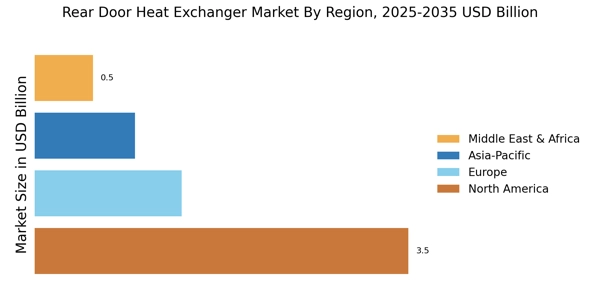
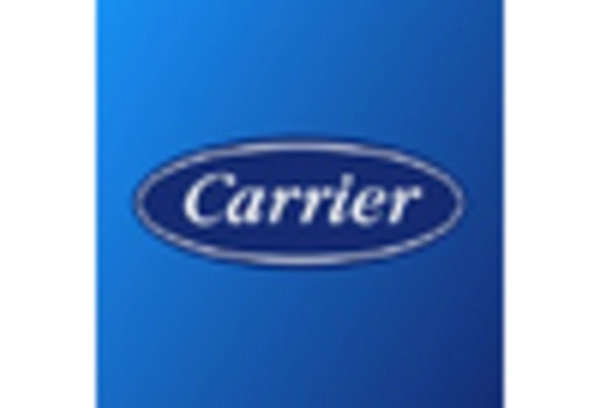
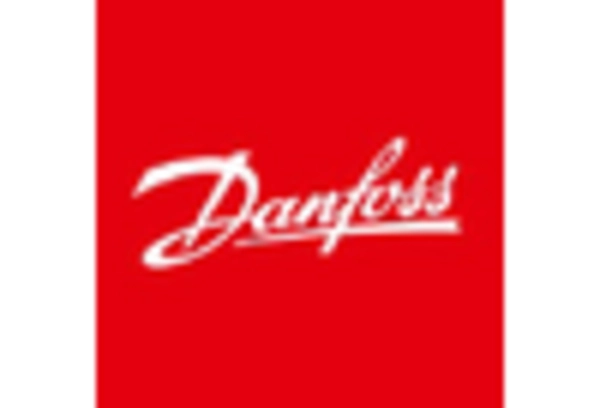

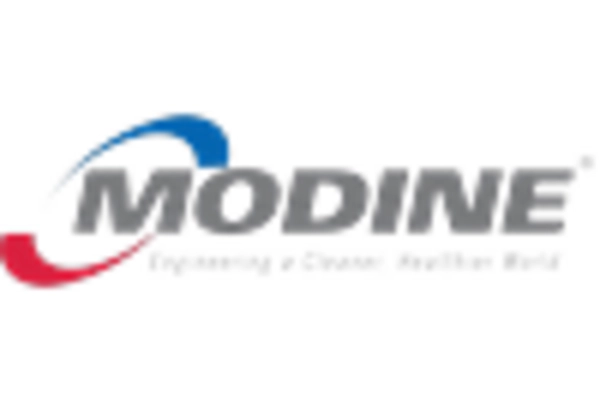
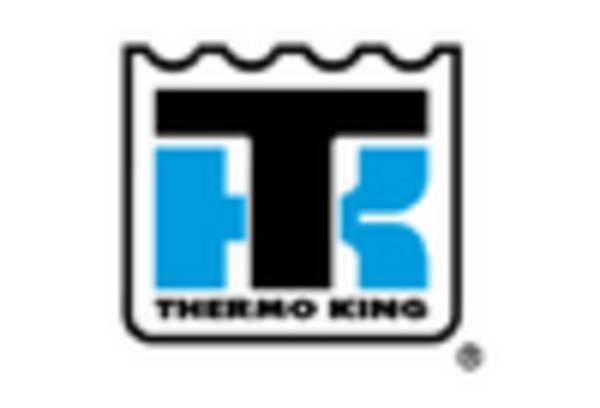









Leave a Comment